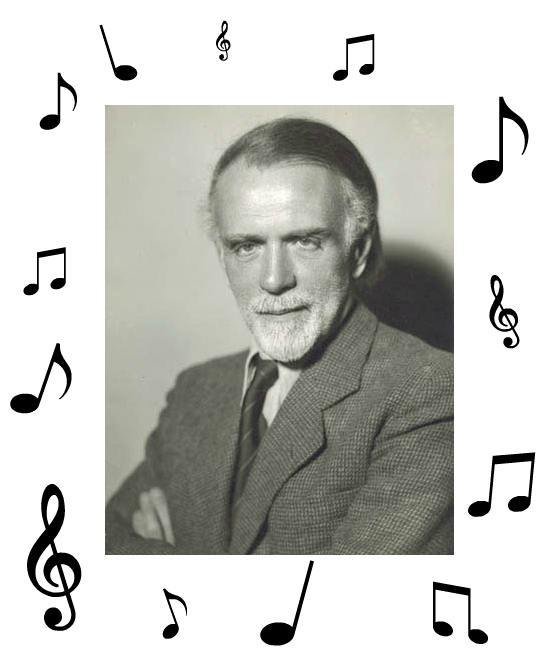“The most important thing is to actualise the instinctive love of the child for singing and playing, to realise the changing of his moods through the songs, his feelings, his experiences – in other words, to bring about the miracle of music”
– Zoltán Kodály
Kodály believed that music is meant to develop one’s entire being-personality, intellect and emotions. He said, “music is a spiritual food for everybody. So I studied how to make more people accessible to good music.” (Kodály, 1966). Kodály realised this was part of everyone’s basic heritage and was necessary for human development and should be started at as early an age as possible. Jenö Ádám, an early and prominent colleague of Kodály, stated, “The most important thing is to actualise the instinctive love of the child for singing and playing, to realise the changing of his moods through the songs, his feelings, his experiences – in other words, to bring about the miracle of music”.
Kodály Method of teaching Music is to children and adults of all ages:
Zoltán Kodály (1882-1967) was a Hungarian composer who, appalled by the apparent lack of musicianship skills in his students at the Liszt Academy in Budapest, developed a set of educational principles for teaching music.
The Kodály approach to music education has three underpinning ideas.
- Everyone is a musician and has a right to high quality music education
- Everyone can sing and the voice is the first instrument
- Through singing one can learn ‘musical literacy’ and the transferable meta-skills (eg. Understanding of pulse, rhythm, melody, harmony and musical structure) that apply to any instrumental learning
Kodály travelled through Europe to find the best educational practice in music, in Britain he discovered the use of ‘tonic solfa’ a system of naming musical pitch relationships (melody and harmony) using the ‘do, re, mi’ syllables. In France he found the rhythm syllables that demystify rhythm reading. To these specifically musical ideas he added the pedagogical ideas of a progression of learning from simple to complex and the sequence of learning by which something must first be known unconsciously, then learned consciously and then that learning must be reinforced by repetition in a new context.
Image Sources: www.thinkinginsound.wordpress.com, www.clarkcountychildrenschoir.org, www.kasc.oake.org
When asked when a child’s musical learning should begin he is reported to have said ‘Nine months before the birth of the child’ he later revised this to be ‘Nine months before the birth of the mother’ meaning that our musical culture is passed to our children from generation to generation through lullabies, rhymes and games and is inextricably linked to our language.
In Kodály music education parents learn with their child to sing simple songs, perhaps remembering and re-learning songs from their own childhoods. These rhymes and games give children the experience of beat, pitch matching (singing the same note as someone else), form and expression. Later on this body of song becomes a bank of material that can be used to teach specific elements of music. Unaccompanied song is used and children are encouraged to sing short simple phrases by themselves and perform other musical tasks such as keeping the beat or a simple ostinato independently. Gradually they relate this learning to written notation and thereby become musicians who read music with ease and understanding. The Budapest Festival Orchestra conducted by Ivan Fisher is an example of this method used at the highest level.
For more information about Holiday Academy activities visit www.holidayacademy.co.uk
References:
www.britishacademy.org
www.iks.hu
musiced.about.com
Image source: www.publicityhound.com

